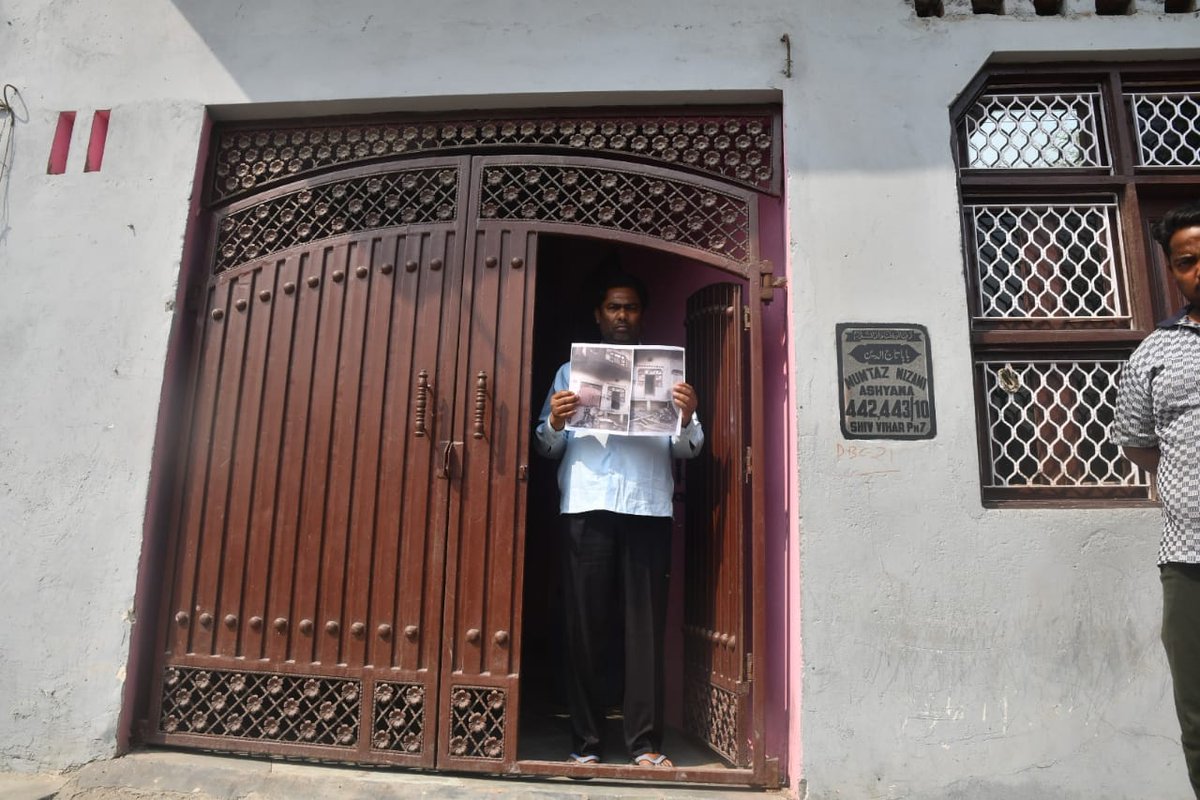In California, we’re often symbolically liberal, but operationally conservative."
This makes me rage:
“San Francisco is about 48% white, but that falls to 15% for children enrolled in its public schools.
For all the city’s vaunted progressivism, it has some of the highest private school enrollment numbers in the country.”
In California, we’re often symbolically liberal, but operationally conservative."
The state has four of the nation’s five most expensive housing markets and a quarter of the nation’s homeless residents.
The root of the crisis is simple:
It’s very, very hard to build homes in California. "
Those signs sit in yards zoned for single families, in communities that organize against efforts to add the new homes..."
Those inequalities have turned deadly during the pandemic."
The project was choked by pricey consultants, private land negotiations, endless environmental reviews, county govts suing the state govt."
It’s become common in the state to see legislation like the California Environmental Quality Act wielded against projects that would curb sprawl."
California’s voters blocked the 2020 ballot initiative restoring affirmative action on purpose.
But some reflect old processes and laws that interest groups or existing communities have perverted for their own ends."




















